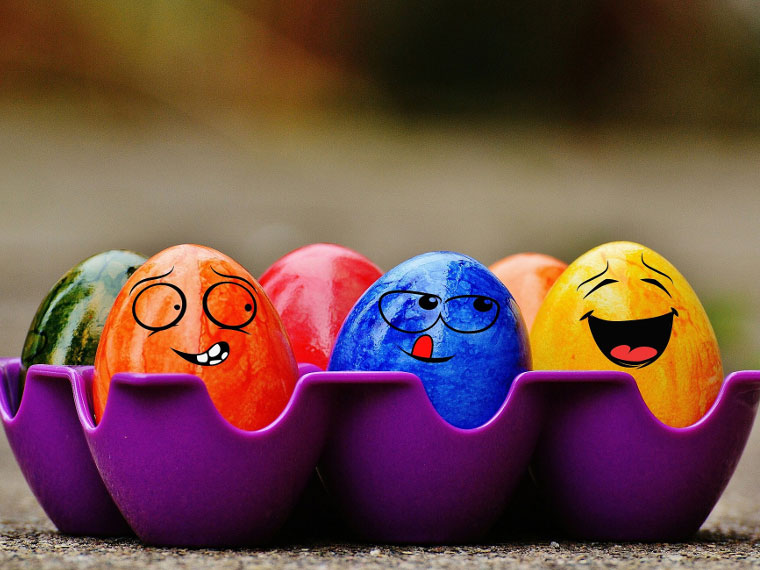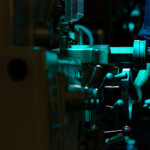
Blog: Unwrapping Easter
For many of us, Easter concludes with a queasy feeling after trying to tackle an insurmountable quantity of chocolate. But fear not, this article will act as a distraction from the lingering temptation to have another bite of your MaltEaster bunny as I unwrap what you don’t know about Easter. So make yourself comfortable in your nest of chocolate coated foil and tuck in.
You may have questioned at some point why it is that a generous bunny is leaving chocolate eggs on your doorstep (there’s definitely something very weird going on here). Well there’s a lot of uncertainty surrounding the bizarre concept, but the most widely accepted theory (it’s a very heated debate) is that it originated from German folk law, where it was believed that there was an egg-laying hare called Osterhase. Traditionally children would build nests for the hare to lay its coloured eggs in. Nowadays variations of the custom have been adopted by many different cultures all around the world. I don’t know about you, but I’m feeling pretty fortunate that the Easter Bunny has upgraded his business and now delivers eggs of the chocolate variety.
In the UK, it’s probably no surprise to learn that we go pretty chocolate crazy at Easter time. In fact, the sales made during Easter time make up 10% of the amount of money the UK spends on chocolate for the entire year (clearly Easter is everybody’s cheat day). Our favourite egg shaped delight, of course, is the infamous Cadbury Creme Egg. Workers in Birmingham produce more than a whopping 1.5 million of these bad-boys each year (I still don’t think I’d get sick of them).
I’ve seen some monsters of Easter eggs on the supermarket shelves, but the tallest chocolate Easter egg in the world to date blows them out of the water. It was made in Italy in 2011 and stood at 10.39m, weighing an astounding 7,200kg (that sounds like a challenge to me).
Okay time to get serious, are you an ears, arms or tail person? 76% of people eat the ears of a chocolate bunny first, whereas only 5% go for the feet and 4% for the tail (I have no clue what the remaining 15% are doing, maybe it’s best not to ask).
You’ve probably painted Easter eggs at some point in your life but I hate to break it to you, your game probably wasn’t as strong as Ukrainians’. Their word for Easter egg is pysanka, these are decorated with traditional Ukrainian folk designs using a wax-resistant method. The word pysanka is derived from pysaty which means ‘to write’ as the cracking designs are written on, rather than painted, in beeswax.
In 2007, someone decided to raise the bar and make an Easter egg from diamonds (there’s always one). Every hour a cockerel made of jewels pops up out of the top of the egg, flaps its wings, nods its head and crows. This eggs-travagant (I’m sorry) design was created by the Russian royal family as an engagement gift for French aristocrat, Baron Edouard de Rothschild (to be honest I’d still rather have a Cadbury chocolate egg) and is worth around £9 million (OK I withdraw my previous comment).
If you’re an avid foodie who wants to learn the recipe to success, our wide selection of Catering and Hospitality courses have got you covered: https://www.rotherham.ac.uk/courses/catering-and-hospitality/


